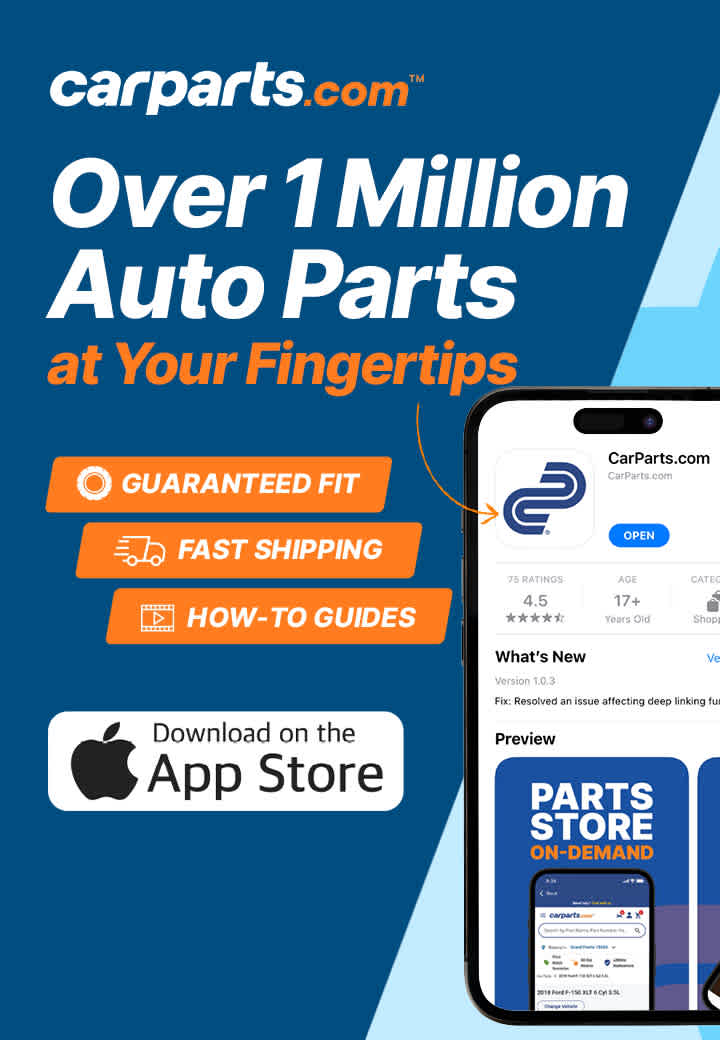The spindle is a cylindrical heavy cone-shaped rod that protrudes from the suspension and acts as a connection point for the wheel hub. It’s the part that the wheel revolves around.
The spindle is a part that supports the wheel hubs, moving the load from the wheels to the suspension system and chassis. It enables the wheel to rotate around its axis. Furthermore, the spindle also attaches the upper and lower control arms.

On front-wheel-drive vehicles, there is no spindle, only a hub with bearings and splines. The CV axle’s splined outer joint extends through the hub assemblies to which the wheels are bolted so that the CV axle provides turning torque.
Furthermore, on four-wheel-drive vehicles and even on vehicles that have 4WD as an option, there may be a splined hub with sealed bearings on the front but no spindle at all.
Front spindles on rear-wheel-drive vehicles are very often an integral part of steering knuckles so replacing the spindle means replacing the steering knuckle as well. The steering knuckle is connected to the ball joints, strut (if equipped), and the tie rod end on that side.
Tips on How to Access the Car Spindle

Park on a level spot and take steps to prevent your car from moving, including engaging the parking brake, shifting the transmission to park, and putting wheel chocks behind the tires. Use a sufficiently strong jack to raise your vehicle and place jack stands under the right spots.
The spindles are secured to the wheel hubs by cotter pins and typically there will be a dust cap that needs to be removed before you can get to the cotter keyed castle nut and its tanged washer that retains the bearings around which the hub rotates.

These fasteners are intended for a single use. Use a cotter pin removal tool to remove them. In some instances, you can use pliers to remove the cotter pins. After installing the new spindle, don’t reuse the old pins because they might break. Instead, install new cotter pins.
Removing the spindle varies depending on the design. Older Ford trucks (pre-1997) had kingpins on which the steering knuckle swivels and the kingpin has to be removed. Most vehicles have one or more ball joints, depending on whether the vehicle has front strut suspension. Exceptions would be front strut wishbone suspension, which has 2 ball joints rather than just a lower one.
Any information provided on this Website is for informational purposes only and is not intended to replace consultation with a professional mechanic. The accuracy and timeliness of the information may change from the time of publication.

































